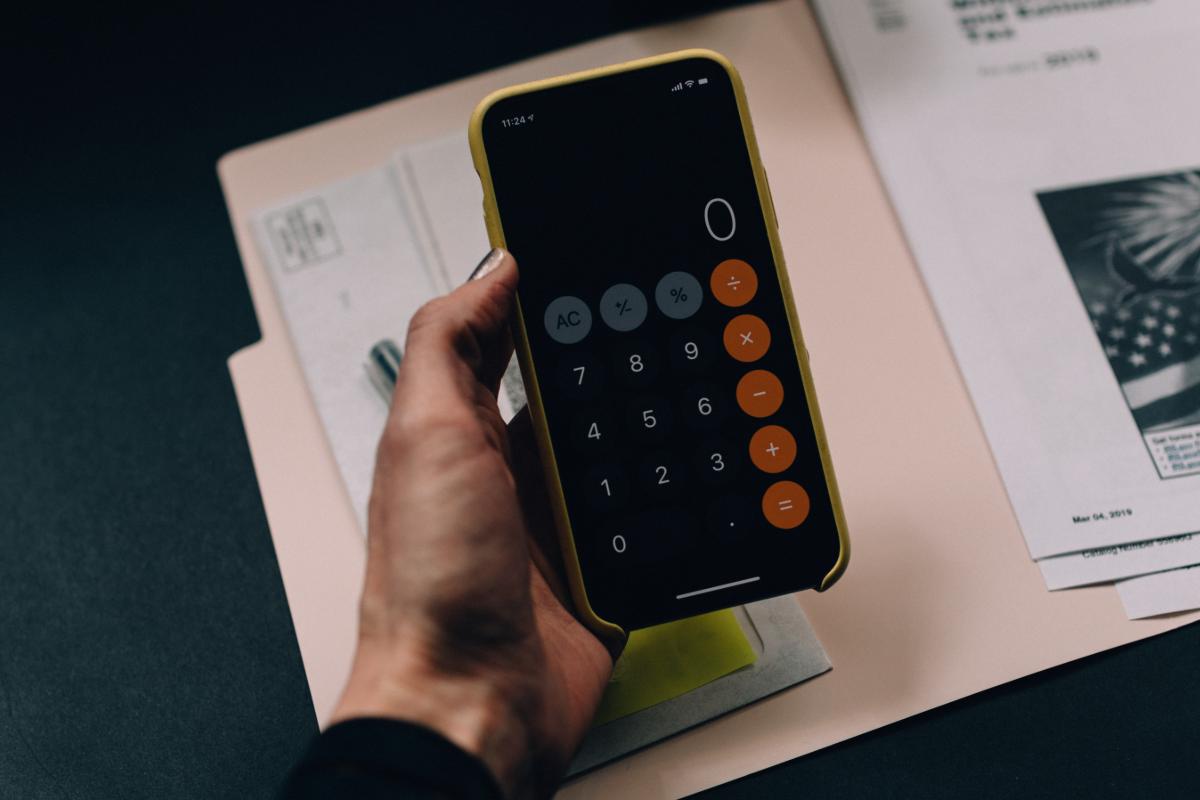If you’ve been a model tenant, your landlord is legally obliged to return your deposit. In the event that they refuse, there are a number of steps you can take to get it back.
Where does your deposit go?
If you are in an assured shorthold tenancy, it is a legal requirement for your landlord to place your deposit in a government-backed tenancy deposit scheme.
The condition of the property
The purpose of your deposit is to cover the costs of any damage to the property or unpaid rent during your tenancy. When moving in, you should have taken note of, or photographed, any damage already done to the property. At the end of your tenancy, you should do the same as proof that no damage has been done.
Asking your landlord to sign and date these will serve as written evidence in the event of a deposit dispute.
What your landlord can keep your deposit for
Your landlord is entitled to keep your deposit to cover any financial loss if you are at fault. If you have rent arrears, caused damage to the property or the full inventory is no longer on the property, this can result in your deposit being partially or fully withheld to cover the cost.
What your landlord can’t keep your deposit for
Reasonable wear and tear of furniture and carpets are normal during a tenancy, and your landlord cannot take your deposit for this purpose.
If your landlord takes the money for property repairs that should have been carried out during your tenancy by them, they should cover the cost.
How to ask for it back
When asking for your deposit back, make sure you send by email, attaching any evidence of you leaving the property in good condition. This will ensure that you have evidence if the request is refused and you have to escalate the problem.
Challenging a refusal
If your landlord refuses to release your deposit, they must provide a valid reason to withhold it.
If they claim that it is for repairs, ask for details of the repairs, such as an invoice or quote from the person carrying the repairs out. Make sure that the list is itemised, as your landlord should only take the costs you are liable for from your deposit.
You can dispute any costs by complaining to your landlord in writing, giving them 14 days to respond.
If they still refuse
As your deposit is held in a scheme, neither of you can take the money until both parties agree how much should be released.
Your tenancy deposit scheme has its own dispute resolution service. Both you and your landlord provide evidence of liability (or lack of). They will mediate the situation and try to help both parties come to a resolution. If this fails, you can take it to Small Claims Court.
Small Claims Court
If you are still unhappy after dealing with your landlord and the dispute resolution service, the matter can be settled in Small Claims Court. However, many tenants have found that the deposit is returned after threatening legal action.
Other tenancy types
If you are a lodger with a live-in landlord, in student accommodation or in an assured or regulated tenancy, your deposit is not protected by a scheme.
To dispute any deposit loss, you must take your landlord to the county court. Unfortunately, you will not be entitled to legal aid for this issue, meaning you will have to pay for a representative if you don’t defend yourself.
Looking for a new rental home? Browse our property listings or sign up for our waiting list today!






